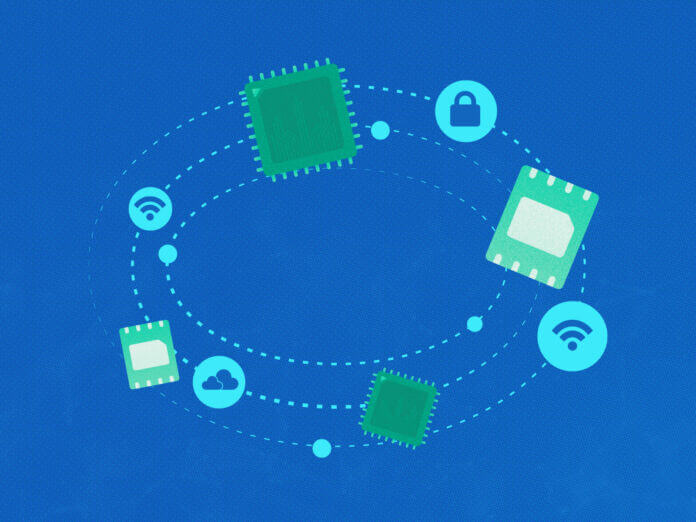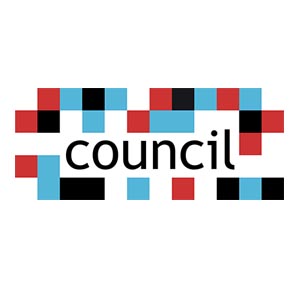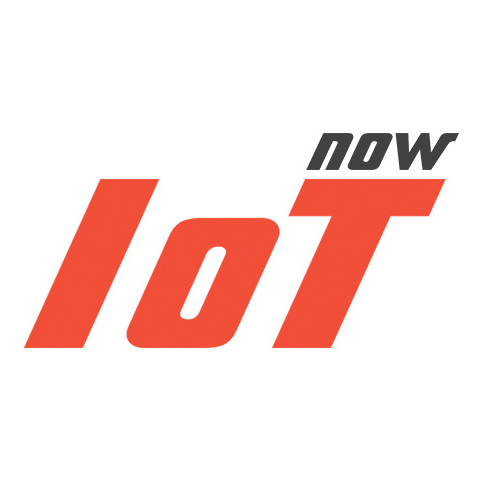
In an era shaped by advancements like 5G Massive IoT, Cat-1bis, and Satellite Non-Terrestrial Networks (NTN), coupled with rising IoT adoption across a wide range of industries globally, the imperative for advanced connectivity solutions intensifies. Multi-IMSI and eUICC technologies become pivotal, facilitating seamless global communication beyond the limitations of traditional SIMs.
Supporting this perspective, a Kaleido Intelligence report reveals: “49 percent of service providers believe that most IoT use cases cannot be addressed through roaming alone, with 65 percent of respondents deeming a multi-profile SIM solution essential for global connectivity.” These findings highlight the critical role of Multi-IMSI and eUICC in responding to the dynamic connectivity needs of IoT, empowering industries worldwide to harness global networks and drive innovation effectively.
Navigating Conventional Connectivity Challenges
When managing connectivity across multiple network operators, each requiring distinct integrations, the complexity multiplies rapidly, leading to significant management overhead. This situation is further complicated by various factors such as incomplete network coverage, different billing systems, and the necessity to handle multiple SIM card SKUs unique to each provider.
Moreover, the challenge escalates when trying to meet each operator’s minimum quantity or volume requirements to secure competitive pricing. SKU variety complicates purchasing, requiring large commitments across providers for volume discounts and hindering economies of scale.
The Benefits of Multi-Network SIMs
- Global Connectivity: Attain worldwide network access with a single SIM, adeptly handling permanent roaming compliance to ensure uninterrupted service.
- Avoid Operator Dependence: Facilitate the freedom to switch network providers to capitalize on better commercial or technical offerings, circumventing single-operator limitations.
- Resiliency and Redundancy: Enhance network reliability by seamlessly transitioning between networks, bolstering continuous connectivity.
- Cost Efficiency: Employ the flexibility to switch among local networks, leveraging competitive rates to minimize expenses.
- Simplified Logistics: Utilize a unified SIM card SKU to streamline global deployments, obviating the need for physical replacements during updates or network changes.
- Highly Secure: Leverage dynamic network switching and robust encryption with Multi-Network SIMs, securing data transmissions effectively.
Multi-IMSI and eUICC Explained
Multi-IMSI
The International Mobile Subscriber Identity (IMSI) is a standardized number that enables network connection on SIM cards. Multi-IMSI SIMs hold multiple IMSIs, enabling connections to different networks worldwide, unlike traditional SIMs limited to one network.
It boosts network flexibility, aids IoT, enables smooth network changes, and simplifies management with OTA updates, cutting costs.
eUICC
eUICC, or Embedded Universal Integrated Circuit Card, revolutionizes SIMs with remote provisioning, addressing MNO lock-in and roaming limitations. This capacity ensures that devices can switch operators globally, promoting efficient and adaptable network management.
eUICC vs multi-IMSI
While both eUICC and multi-IMSI technologies support global device connectivity, they differ operationally. eUICC requires OTA provisioning for profile changes, a process simplified by the GSMA’s SGP.31/32 standard, yet it may still entail manual efforts and licensing costs.
In contrast, Multi-IMSI provides a cost-free avenue for new profile integration, offering more autonomous and flexible profile management.
Strategically Selecting the Right Connectivity Technology
When deciding on your connectivity provider, consider the following:
- Understand Your Connectivity Needs: What is your deployment’s geographic range, mobility, and longevity? How do different settings, like urban vs. rural, influence your connectivity choice? What deployment scale are you considering, and how does it impact your connectivity needs? Answering these questions will help you identify a solution that fits your operational context.
- Evaluate Total Costs: When evaluating costs, consider the long-term ROI. Advanced solutions like Multi-IMSI or eUICC, despite initial costs, offer durability, scalability, and future readiness, providing long-term value.
- Assess the SIM Management Platform: Look for platforms with advanced features like intuitive design, detailed analytics, and proactive support, beyond basic functionalities.A comprehensive platform should provide actionable insights and efficient management tools to simplify your IoT device administration.
- Watch for Hidden Fees: Transparency is key in your partnership with a connectivity provider. Make a checklist to uncover hidden costs like profile downloads or operator change fees, aiding informed decisions and preventing surprises.
- Consider Hybrid Solutions: Seek out providers that deliver hybrid offerings, blending the benefits of multi-IMSI and eUICC technologies. These solutions blend technologies for versatile, robust connectivity, adapting to diverse needs and strengthening your IoT strategy.
- Flexibility: Inquire with your provider about the capability to add new MNO IMSIs in the future. It’s crucial to verify that your eUICC platform supports this feature to ensure you can switch operators smoothly, as not all eUICC solutions offer the same level of compatibility.
- Compatibility & Support: Ensuring device compatibility with multi-network SIMs is crucial. Choose a provider that offers thorough support and collaborates with you to fine-tune the connectivity setup to meet your specific needs, facilitating smoother IoT deployments and maximizing technology benefits.
A Transformative Era
As we navigate this transformative era in IoT, the strategic selection of connectivity technologies like multi-IMSI and eUICC is essential for deployment success and scalability.
Their ability to dynamically integrate with future advancements, such as Satellite NTN, positions your projects for longevity and adaptability. By leveraging these technologies, you ensure that your IoT infrastructure is prepared to evolve with the digital ecosystem, maintaining relevance and driving innovation.




 Contact Company
Contact Company
 New Episode
New Episode





 Latest IoT News
Latest IoT News









